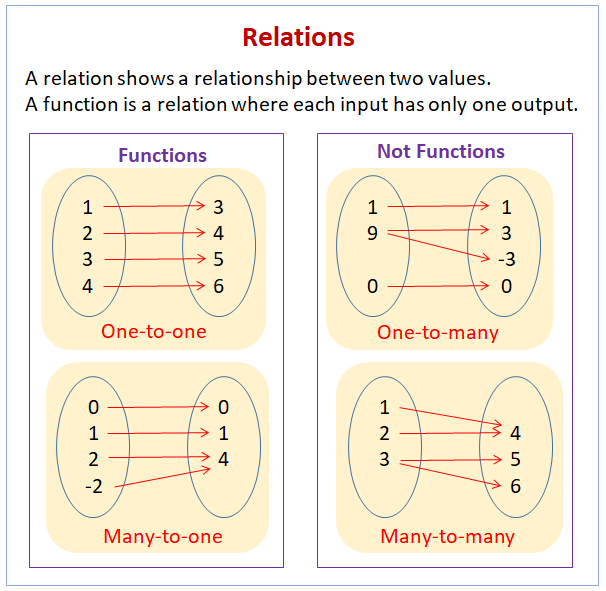In contemporary society, the domains of physics and medical science intersect profoundly, creating a tapestry rich in innovation and discovery. The relationship between these two fields is akin to the interwoven strands of a double helix, reinforcing and complementing one another in the monumental quest for understanding and advancing human health. This interdependence manifests in various dimensions, from the microscopic to the macroscopic, integrating theories and methodologies that are quintessential for the proliferation of medical technologies.
At its core, physics examines the fundamental principles of the universe, encompassing the motion of particles, the laws of thermodynamics, and the properties of electromagnetic waves. Medical science, on the other hand, delineates the complexities of bodily functions, diseases, and therapeutic interventions aimed at prolonging life and enhancing well-being. The interplay between these disciplines underscores an essential truth: physiological processes can be elucidated through the lens of physical laws, thereby fostering advancements in diagnostics, treatments, and overall patient care.
One significant area where physics converges with medical science is in the field of imaging technologies. The development of techniques such as Magnetic Resonance Imaging (MRI) and Computed Tomography (CT) scans exemplifies this convergence. These modalities rely on advanced principles of electromagnetism and wave propagation to visualize the internal architecture of the human body. MRI, for instance, utilizes strong magnetic fields along with radiofrequency pulses to excite protons in the body, enabling the generation of detailed images of soft tissues. This intricate dance of physics and biology allows clinicians to diagnose conditions with unprecedented accuracy and efficacy.
Furthermore, the realm of radiation therapy for cancer treatment epitomizes the practical application of physical principles in medical science. Here, the understanding of ionizing radiation and its interaction with biological tissues is paramount. The delicate balance of therapeutic efficacy versus potential side effects hinges on the physicist’s acumen to calibrate radiation doses, targeting malignant cells while sparing healthy ones. This nucleotide dance illustrates how physics lays the groundwork for safe and effective medical practices, transforming theoretical knowledge into real-world applications that save lives.
The insights derived from physical laws also occupy a pivotal role in the development of prosthetics and rehabilitation technologies. The principles of biomechanics—an interdisciplinary field that amalgamates physics, biology, and engineering—underpin the design of artificial limbs and assistive devices. By applying concepts of force, torque, and friction, engineers and medical practitioners collaborate to produce prosthetics that mimic natural limb functions. This synergy enhances mobility and physical autonomy for amputees, fundamentally redefining notions of capability and rehabilitation.
Delving deeper, the interplay between physics and medicine is also apparent in the realm of biophysics. This burgeoning field harnesses the methodologies and analytical tools of physics to probe the molecular underpinnings of life. It endeavors to elucidate complex phenomena such as enzyme kinetics, protein folding, and molecular interactions through the quantification of energy changes and molecular forces. By establishing a quantitative framework to describe biological processes, biophysics bridges a crucial gap between experimental observations and theoretical models, enhancing our understanding of diseases at the cellular level.
The application of thermodynamics within medical science is another fascinating dimension of this relationship, particularly within the context of human physiology. The human body can be envisaged as a thermodynamic system, where energy transfer and metabolic processes dictate physiological functions. Understanding concepts such as heat exchange, metabolic rates, and bioenergetics is vital for medical practitioners as they navigate the complexities of patient care—ranging from the management of fever to the optimization of metabolic disorders.
Additionally, emerging technologies like artificial intelligence (AI) and machine learning are further catalyzed by principles of physics. Algorithms based on statistical physics can optimize data processing, leading to enhanced diagnostic capabilities and personalized medical treatments. The mathematical models derived from physics not only augment our understanding of disease mechanisms but also facilitate predictive analysis, guiding therapeutic interventions with utmost precision.
Perhaps one of the most compelling metaphors for the relationship between physics and medical science is the notion of a symbiotic ecosystem. In this ecosystem, each field nourishes the other, fostering a growth environment for innovation. Just as various species coexist and thrive within a natural habitat, the harmonious collaboration between physicists, medical professionals, engineers, and researchers cultivates a fertile ground for breakthroughs that can revolutionize healthcare.
In summation, the intricate relationship between physics and medical science stands as a testament to the power of interdisciplinary collaboration. By unearthing the physical laws governing biological systems, practitioners and researchers can innovate therapies, enhance diagnostic tools, and ultimately, improve patient outcomes. A future unfurling before us promises even deeper integrations of these fields, inviting ongoing exploration and discovery that will continue to affirm the potency of science in safeguarding and elevating human health.












